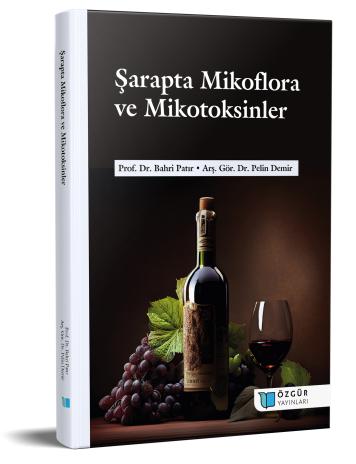
Mycoflora and Mycotoxins in Wine
Synopsis
While wine offers health benefits due to its polyphenolic compounds, it can also contain toxic substances. One of the most significant risks is the production of mycotoxins by molds. Ochratoxin A, in particular, is the only mycotoxin controlled in wine by legal limits (2 µg/L in the EU). Aflatoxins, patulin, fumonisins, zearalenone, and trichothecenes, especially Ochratoxin A, can also be found in wine. Mycotoxins are formed when grapes in the vineyard are contaminated with molds before or after harvest. Climate, storage, and production techniques also influence contamination. The primary mycotoxigenic molds are Aspergillus, Penicillium, Fusarium, Alternaria, Botrytis, and Byssochlamys. For example, Aspergillus carbonarius and A. niger predominate in Ochratoxin A production, while A. flavus and A. parasiticus produce aflatoxins. Red wines generally contain higher levels of Ochratoxin A due to the maceration stage of the production process. This risk is lower in white and rose wines. Ochratoxin A levels can decrease during grape variety, harvest, and processing conditions, fermentation (especially malolactic fermentation), and storage. Clarifying agents such as activated carbon, potassium caseinate, and bentonite are effective in removing Ochratoxin A. Studies in the literature from Turkey and around the world have determined that Ochratoxin A levels in red wines are generally higher than in white wines, and in some samples, they exceed legal limits. Consequently, hygiene, rapid processing, appropriate storage, and effective clarification methods are critical in viticulture to prevent mycotoxin formation in wine.

